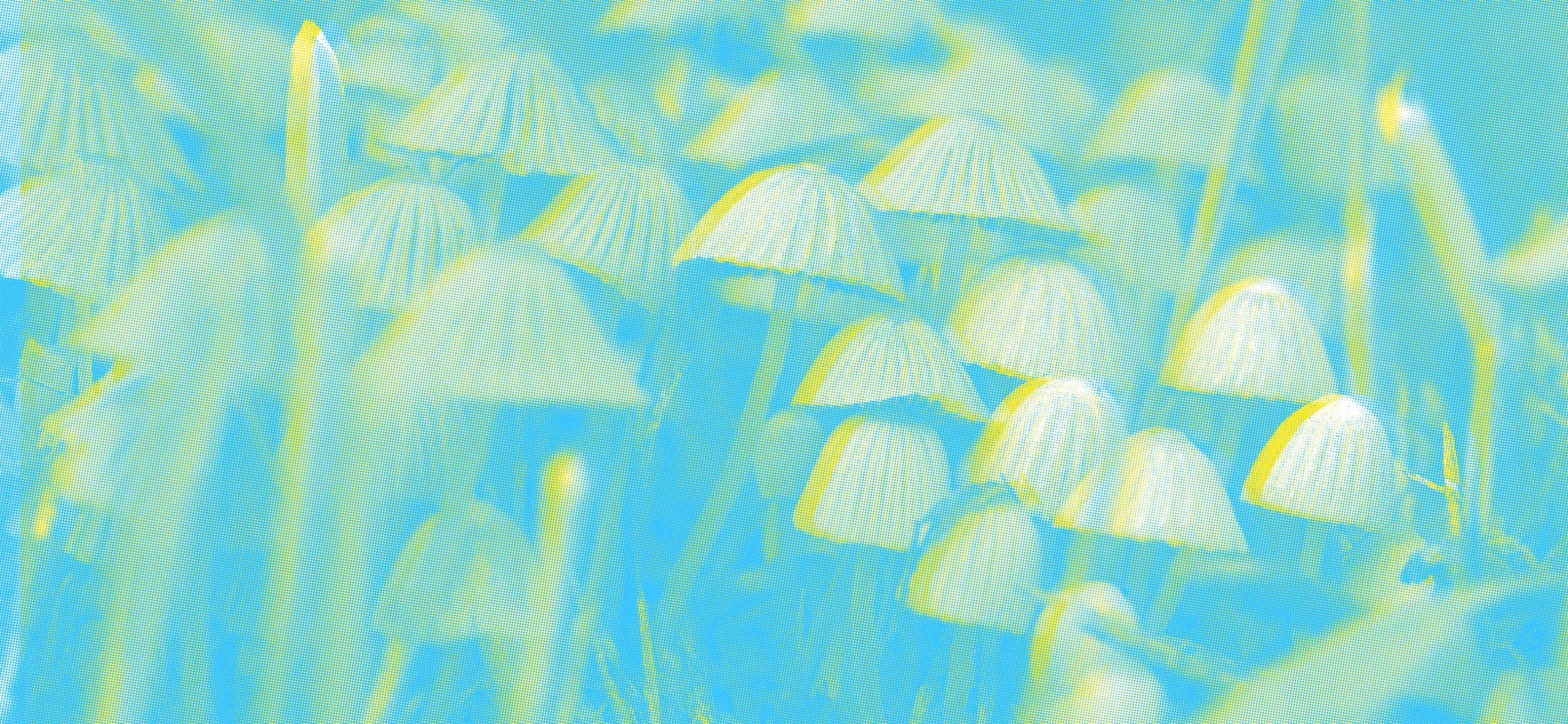Chances are, if you’ve consumed magic mushrooms, you’ve had the strain known as Psilocybe cubensis, the most common variety of psychedelic mushroom around the world. But Psilocybe cubensis — also known as gold caps or “cubes” — is far from the only magic mushroom strain. Meet Psilocybe semilanceata (aka Liberty Caps). This article will go through all you want to know, from history to liberty cap identification.
Psilocybe semilanceata are perhaps second in popularity to the gold cap, due in part to their widespread cultivation. They fruit in the fall and spring in rich, highly acidic soil, preferring to grow in grasslands, meadows, lawns or pastures. Acidic soil is often achieved through fertilizing with cow or sheep manure and, since this type of fertilization is extremely common and widespread, so too are liberty cap mushrooms: they can be found widely throughout Europe and temperate North America, as well as in Tasmania.
The origin of this mushroom’s name
Perhaps the most interesting thing about the liberty cap mushrooms is the history behind their name. The original liberty cap was an actual hat, worn by freed Roman slaves to signify their liberty. The hat took on new meaning after Julius Caesar was murdered, and Marcus Junius Brutus minted coins to commemorate his part in the murderous deed. One side of the coin read “Eidibus Martiis”, in reference to the Ides of March, below a pair of daggers and a liberty cap. The symbols were meant to signify freedom from Caesar’s tyranny. The cap was also forced upon Louis XVI by his captors during the French Revolution, and American revolutionaries would declare their rebellion against the British by hoisting a liberty cap on a flagpole in town squares.

In 1812, British poet Robert Southey and author Samuel Taylor Coleridge, published “Omniana,” a two-volume collection with the aim, essentially, of helping people become better conversationalists. In the book was an observation about a particular mushroom, which Coleridge and Southey wrote “so exactly represents the pole and cap of liberty, that it seems offered by nature herself as the appropriate emblem of Gallic republicanism, — mushroom patriots, with a mushroom cap of liberty.”
Coleridge and Southey did not explicitly identify the liberty cap but, as mycology cemented itself as a discipline throughout the 19th century, students of fungus associated Psilocybe semilanceata with the passage found in “Omniana.”
In 1894, English botanist and mycologist Mordecai Cooke’s “Edible and Poisonous Mushrooms” referred to Psilocybe semilanceata mushrooms, within quotation marks, as the “cap of liberty”, cementing the mushroom’s name. And nearly a century later, the liberty cap mushroom became the first European mushroom species confirmed to contain psilocybin, in a 1969 article in the publication Transactions of the British Mycological Society.
Liberty cap identification
Liberty cap identification is, not surprisingly, all about the cap. The mushroom’s distinctive bell-like cap can grow up to 2.5 cm in diameter, and has a small bulbous protrusion — called a papilla — on the top. Young liberty caps are yellowish-brown, and darken in color as they grow up to their full height of between 4 to 10 centimetres, becoming dark gray to purple-brown.
The color of the cap depends on humidity: When it is moist, the cap is yellow-brown to dark chestnut brown, but darker in the center, with a greenish-blue tinge. When moist, radial grooves can be seen on the cap that correspond to the underneath. The underside of the semilanceata’s cap has between 15-27 gills, which are loosely connected to the easily-bruised stipe. The liberty cap has a reddish-purple spore print.
The effects of Psilocybe semilanceata mushrooms
The first-known English-language written documentation of the psychedelic effects of mushrooms refers to the liberty bell. In 1799, a British doctor, Dr. Everard Brande, described in his notes having visited a family that was “acting strangely, laughing, and having visions” after eating mushrooms they picked in London’s Green Park. Brande described the mushrooms as having had “deleterious effects” on the family, and noted that the “very common” species of mushroom was “not hitherto generally suspected to be poisonous.” The mushrooms were later identified as liberty caps.

Since Dr. Brande’s account, users of magic mushrooms have discovered the potency of liberty caps — they are, on average, twice as potent as their more-common cousins, the cubensis, averaging around 1% psilocybin content, and up to 2.37%, compared to cubensis, which sit closer to 0.63%. The smaller the liberty cap mushroom, the higher the psilocybin content. And while psilocin, the less-stable psychedelic substance found in magic mushrooms, is all but absent in the liberty cap, this means they have a very long shelf life.
The effects of Psilocybe semilanceata mushrooms are similar to those of a low dosage of LSD, with the effects of a dose appearing after one hour and lasting up to nine. Users report euphoria and giddiness; an anonymous user speaking to Drugwise in the UK reported that liberty caps “[change] the way you see and feel about things. You discover new things about yourself.” Other users, especially those who are predisposed to anxiety, may experience fear or paranoia after taking liberty caps and some users also report flashbacks of their trip taking place days after they ingested the mushrooms.
Today, liberty cap mushrooms are commonly used recreationally and are popular among foragers. In fact, many magic mushroom-enthusiasts might see climate change-borne warm winters as somewhat bittersweet: recent warm winters and late frosts have resulted in liberty bell bumper crops.

